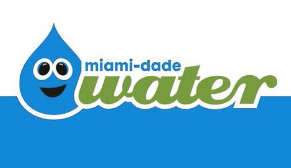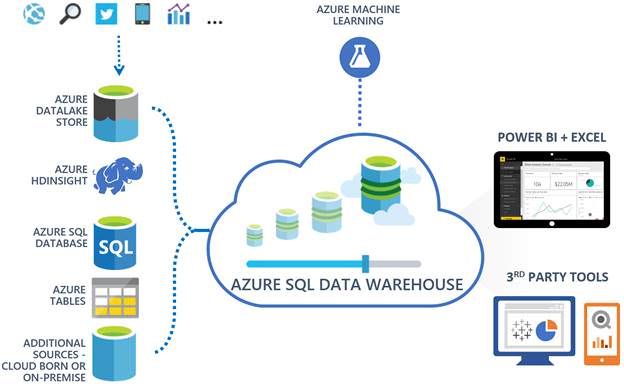How Miami-Dade Water Gets Smarter With The Internet of Things
Published on by Water Network Research, Official research team of The Water Network in Technology
With the Internet of Things (IoT), a cloud database, and thousands of sensors gathering data such as water pressure, flow rates, and rainfall, Miami-Dade’s Water and Sewer Department (WASD) is developing a smarter way to manage and supply this precious resource and manage the wastewater serving over 400,000 households across the County.
There’s not much like Miami-Dade’s water. With almost three million residents, Miami-Dade is the seventh most populated county in the United States and a popular one for tourists. When visitors and residents can’t make it to the beach, the Miami-Dade County Water and Sewer Department (WASD) brings the water to them through more than 6,000 miles of pipes.

But with such a wide-ranging infrastructure comes the challenge of maintaining the system to protect residents and the environment from leaks and spills. With the Internet of Things (IoT), a cloud database, and thousands of sensors gathering data such as water pressure, flow rates, and rainfall, Miami-Dade’s Water and Sewer Department (WASD) is developing a smarter way to manage and supply this precious resource and manage the wastewater serving over 400,000 households across the County.
In 2013, the Federal Environmental Protection Agency (EPA) tasked Miami-Dade with managing and operating their sewer system more effectively. Their aging infrastructure was failing, and the results were spilling into residents’ homes and out into the local ecosystem. The EPA now expects reports demonstrating WASD’s infrastructure investments, along with maintenance, operator, and management dashboards that demonstrated their improvement.
Visualizations that, given the pace of WASD’s data and the condition of their infrastructure, felt nearly impossible to create. The WASD’s Information Technology team proposed a technology solution to solve the agency’s data problem, meet the EPA requirements, and rebuild their infrastructure in an IoT solution built on Microsoft Azure SQL Data Warehouse and Power BI.
“There’s so much data, and it’s so voluminous that with the current tools, you can’t see it. The answer might be there but you can’t see it,” Andrew, IT Manager, says. “We’re looking at a platform that can process it and visualize it more quickly and accurately.”

Azure SQL Dara Warehoue, Source: Microsoft
Crunching the numbers in seconds, not days
This new platform equips the WASD’s Information Technology team with the scalability, insight, and power to process data in seconds rather than days. Andrew explains, “The engineers would get an extract of three years’ worth of data of one metric of that one pump station—because that’s all a spreadsheet can handle. But now we can crunch data from more than 1,000 pump stations from the past 22 years in a matter of seconds.”
Since adopting their cloud solution, WASD has loaded over fifteen billion rows of SCADA historical data into their Azure SQL Data Warehouse and are adding over four million more every day. This not only equips WASD to better analyze and act on its existing infrastructure but will allow for better insight which can help the planners, operations and maintenance staff identify and respond. If the pumps are overworked, this can be quickly identified for a maintenance crew to respond.
That’s the beauty of near real-time data—it will allow WASD to proactively serve Miami-Dade County residents instead of responding to issues after the fact. WASD employees can address those needs much more effectively and with intention instead of reaction.
“When you look at the data, it paints a better picture and tells a richer story about what to do,” Andrew says. “That’s how I see IoT being able to help the county analyze the data it has and likely make better decisions about planning and operations.”
Read full article: Microsoft
Media
Taxonomy
- Technology
- Water Utility
- Infrastructure
- Integrated Infrastructure
- Utility Management
- Infrastructure Management
- Water Software
- Internet
- Internet of Things (IoT)
- Data & Analysis
1 Comment
-
Wonderful. Can we know the details of installations and the cost of IoT solution and any analysis of per capita or per KWH or per MLD